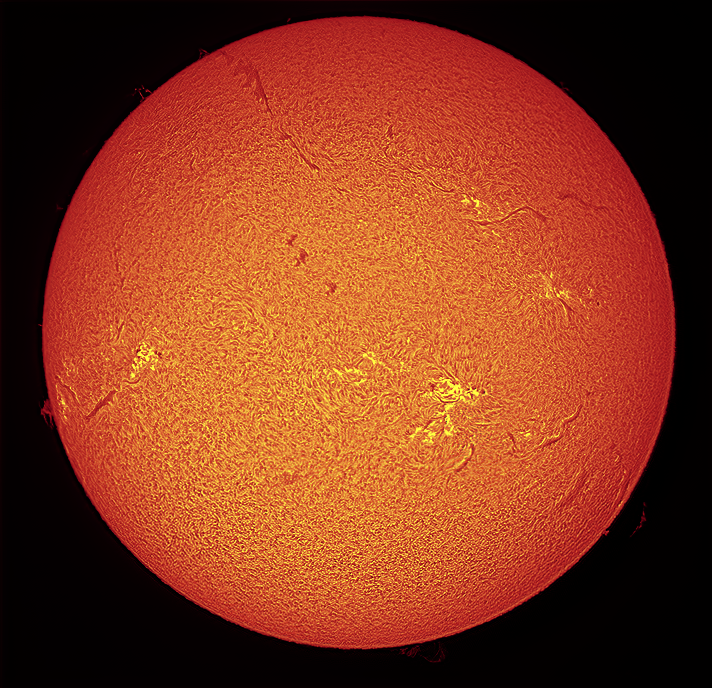
Similar Posts
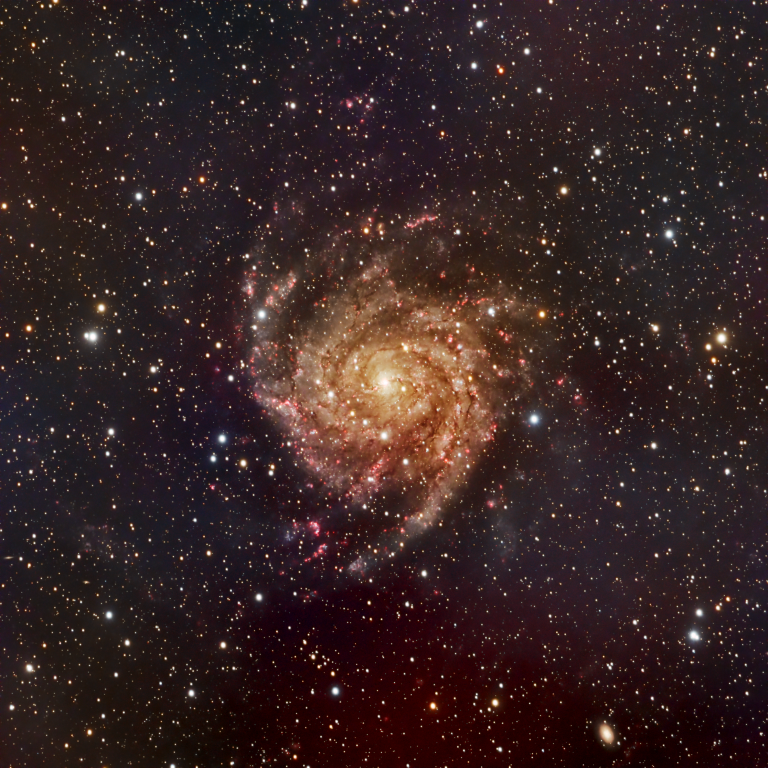
The Hidden Galaxy
This is IC342, located about 10 million light-years away. If it were anywhere else in the sky, it would be visible to the naked eye – but it lies behind the disk of our Milky Way galaxy, obscuring the view. This image is the result of 22 hours of total exposure time to try and…
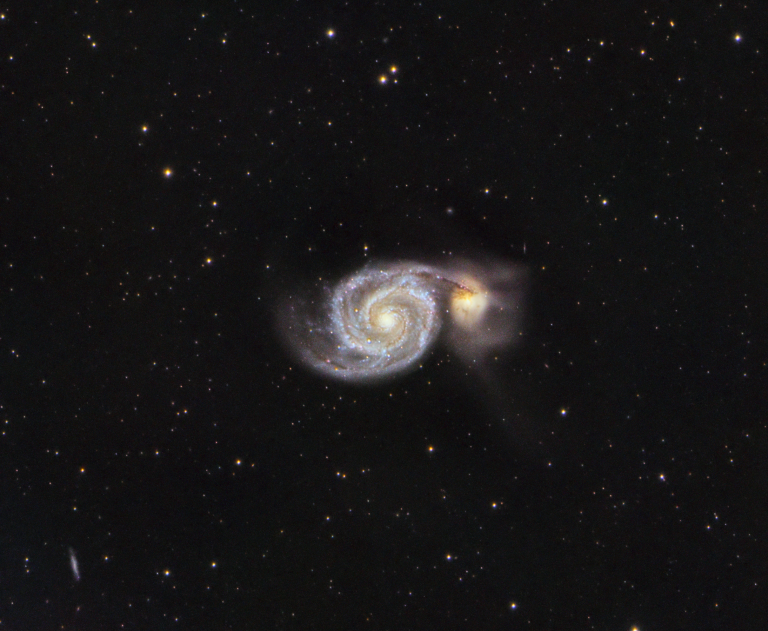
M51, the Whirlpool Galaxy – Another year, another try
Every year I image the “Whirlpool Galaxy” (really a pair of galaxies interacting with each other,) and every year it gets a little bit better. This year it was shot from our new observatory, on a newly-tuned mount and with some more image processing experience under my belt. It’s also under slightly darker skies, which…
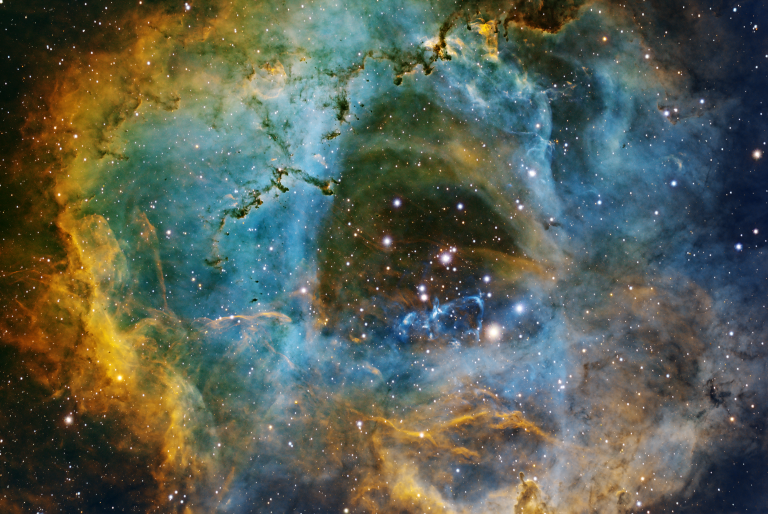
The Rosette Nebula, revisited
Had a couple of clear nights recently, and trained the ‘scope at the Rosette Nebula again. By combining this year’s data with last year’s, I created an image with a total 27 hours of exposure time! The Rosette Nebula is about 5,000 light-years away within the constellation Monoceros, and is the birthplace of the cluster…
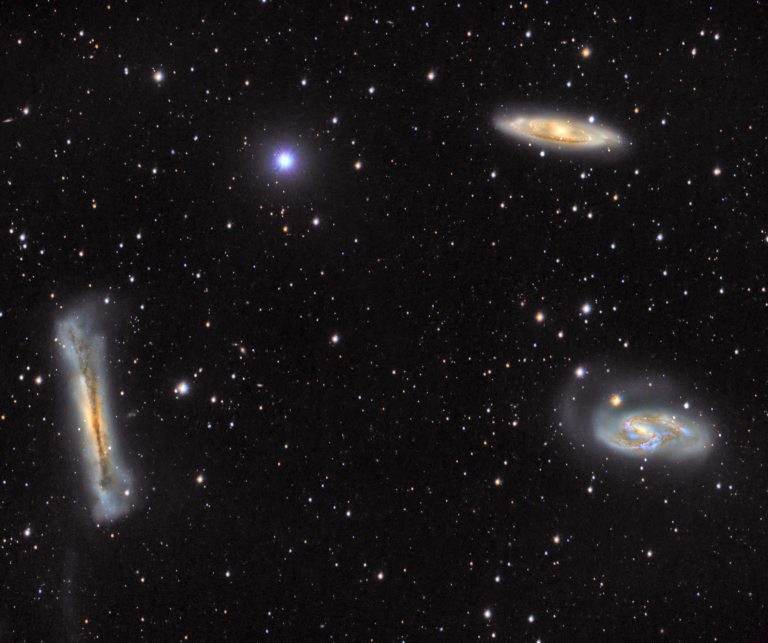
The Leo Trio of Galaxies
The three galaxies in the constellation Leo (M65, M66, and NGC3628) are about 31 million light-years away. Each one is being seen from a different angle; the one viewed edge-on is also known as the “Hamburger Galaxy”. Each has been interacting with each other, and distorting the shapes of these galaxies through the complex dance…
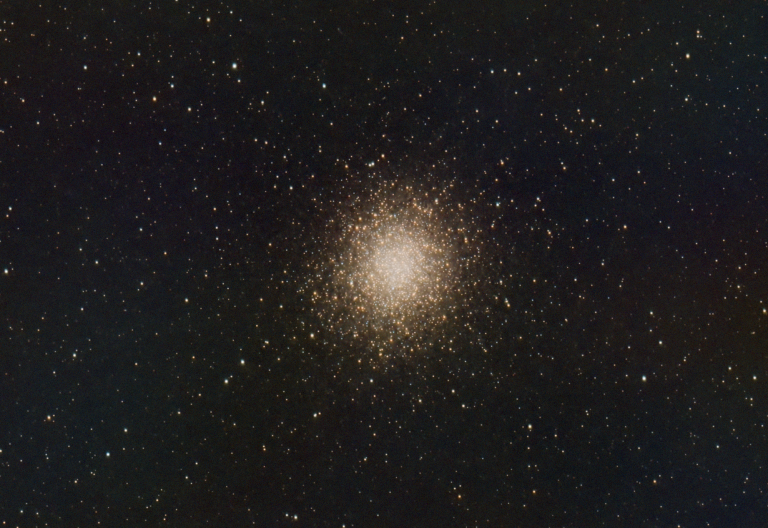
A golden globular cluster: M14
I’ve imaged this one before, but I keep coming back to it because I just can’t believe its golden color is real. But even after applying all I’ve learned about color calibration – I can say pretty definitely that these are its true colors. It’s also benefited from advances in image processing software, making the…
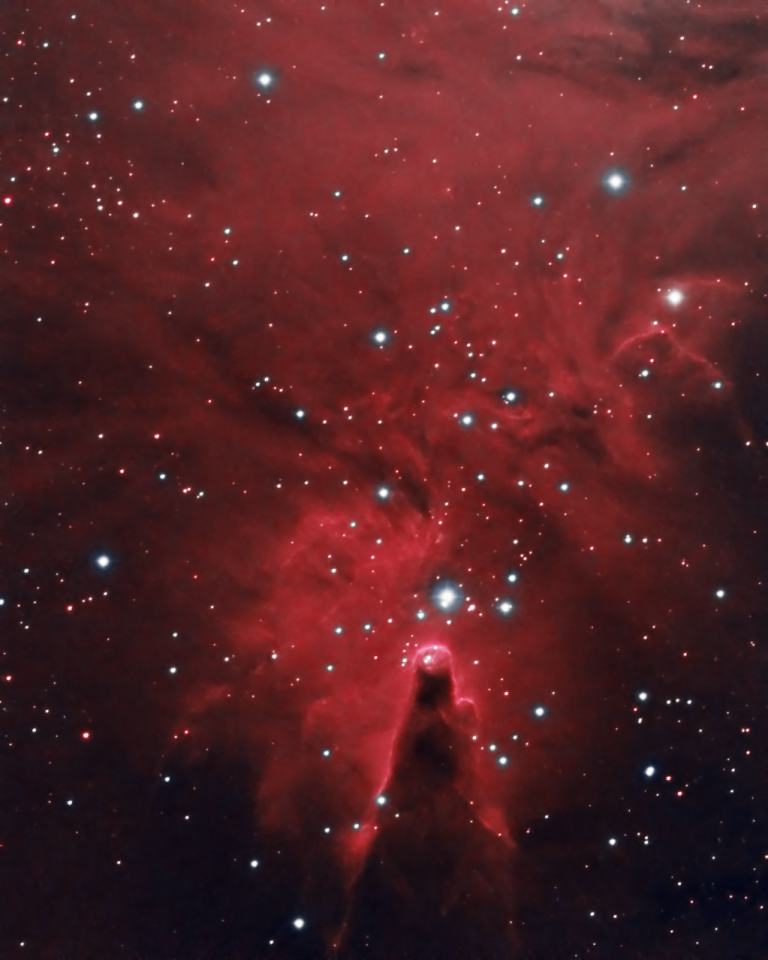
Cone Nebula
Narrowband image of the cone-shaped absorption nebula in front of the brighter emission nebula in this interesting region of the Christmas Tree Cluster, about 2,700 light-years away.

